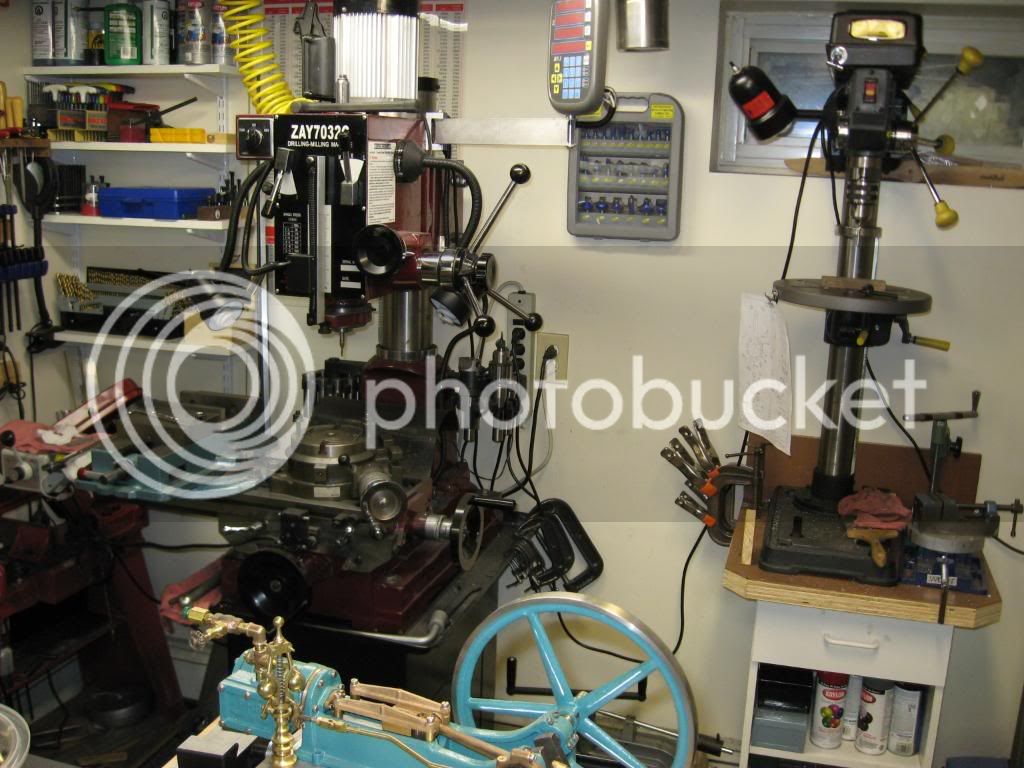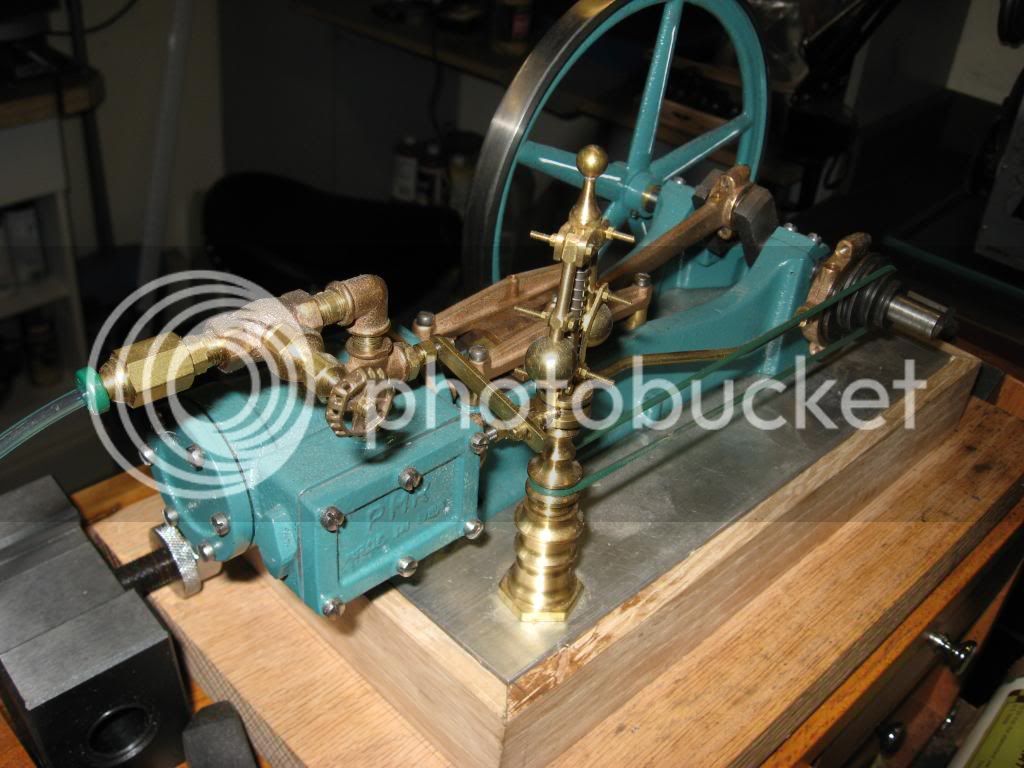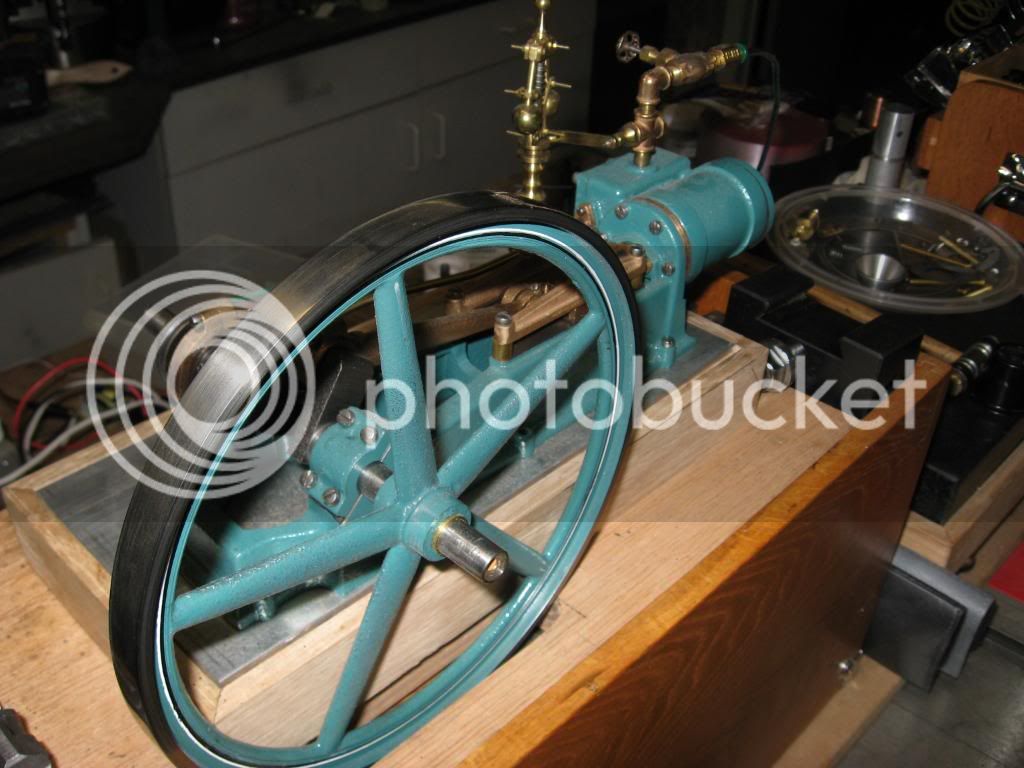Hi Guys,
I have a question regarding where to go with my exhaust. I want to finish up a live steam display with a PMR boiler #1 and eng #1. It's only been 1 1/2 years since its been 90% complete with 90% to go :big: I want to clean up my shop from a couple of those projects abandoned for something better ???
PMR dumps the exh into the water refill tank in their instructions but....I've seen pic's of other methods (I think). One was a straight pipe to the top of the boiler stack and the other is the same but through a condenser first. I really would like to get the billowing white puff puff out the top of the boiler
Pro's... Con's?? A better way??
http://www.limws.org/Thumbnail-folders/Schaublin/Schaublin-Pages/Image11.html
Engine in bottom of pic PMR 1 with Electors gov. (mod)

Any help gladly appreciated
Tony
I have a question regarding where to go with my exhaust. I want to finish up a live steam display with a PMR boiler #1 and eng #1. It's only been 1 1/2 years since its been 90% complete with 90% to go :big: I want to clean up my shop from a couple of those projects abandoned for something better ???
PMR dumps the exh into the water refill tank in their instructions but....I've seen pic's of other methods (I think). One was a straight pipe to the top of the boiler stack and the other is the same but through a condenser first. I really would like to get the billowing white puff puff out the top of the boiler
Pro's... Con's?? A better way??
http://www.limws.org/Thumbnail-folders/Schaublin/Schaublin-Pages/Image11.html
Engine in bottom of pic PMR 1 with Electors gov. (mod)

Any help gladly appreciated
Tony









